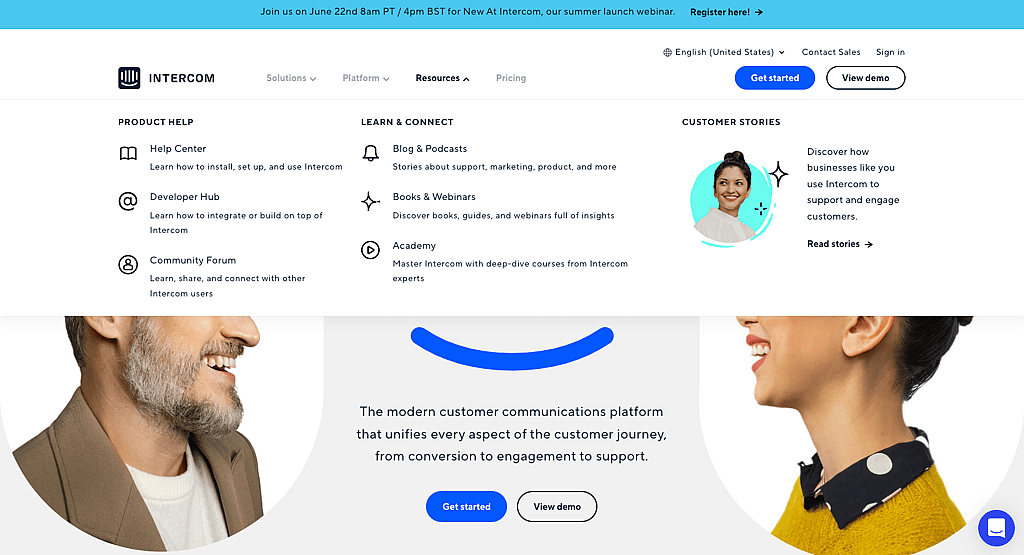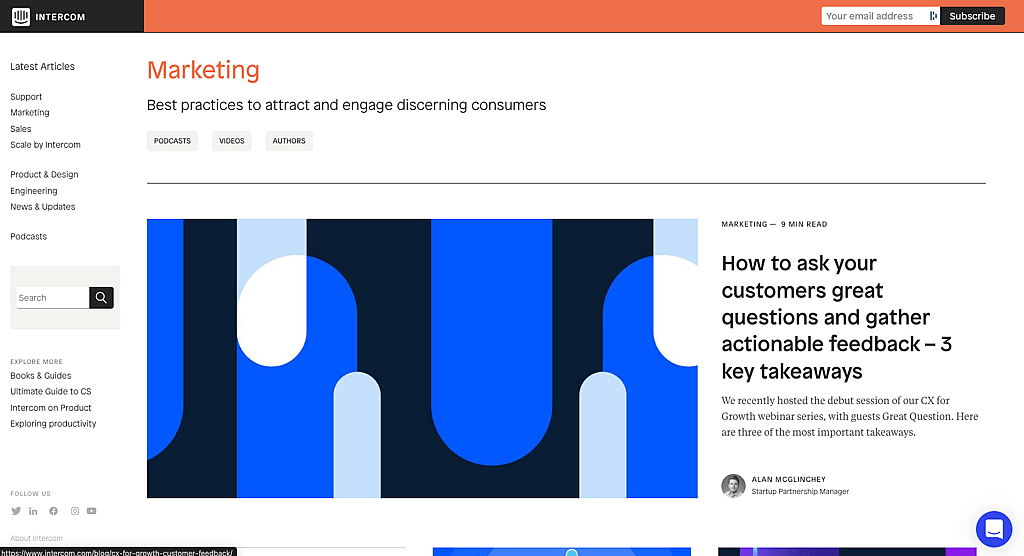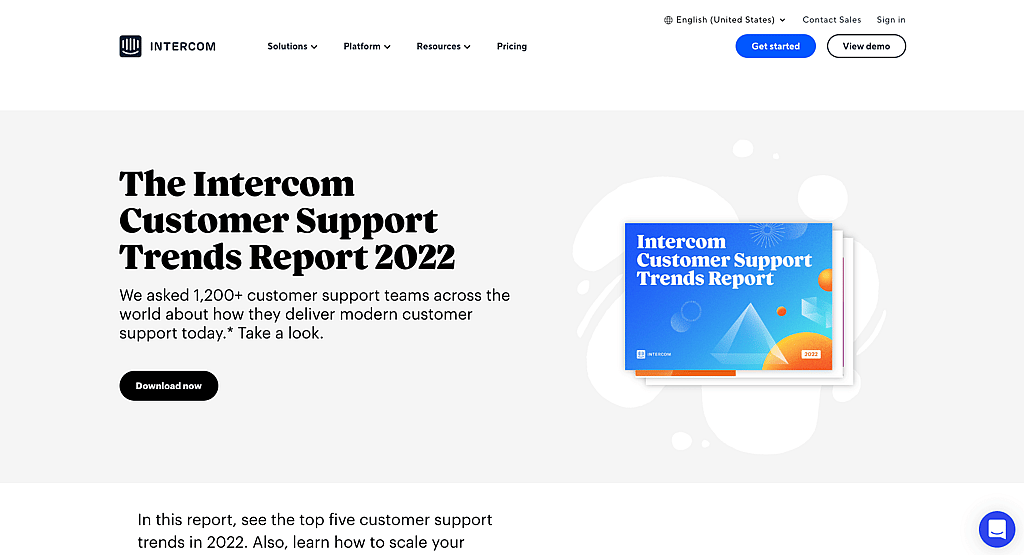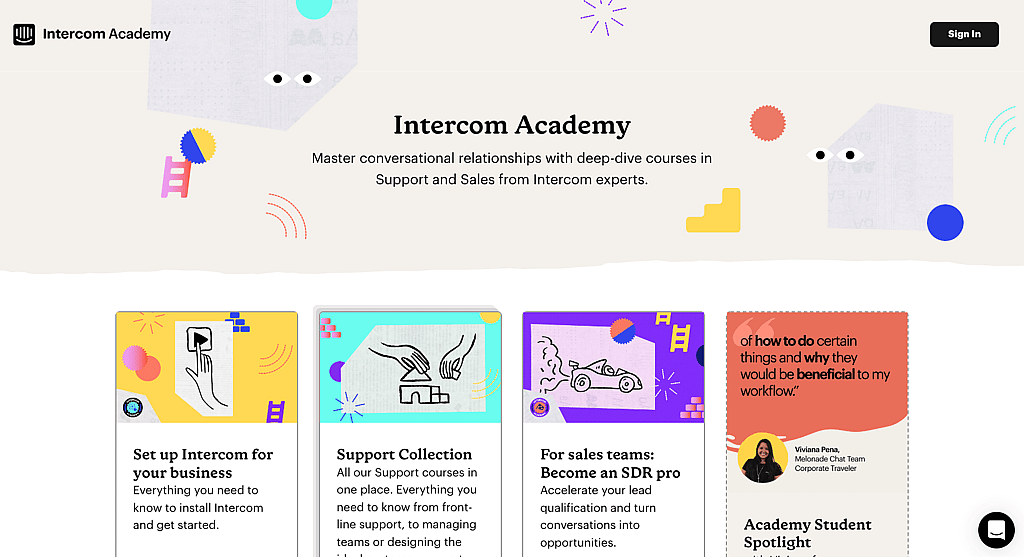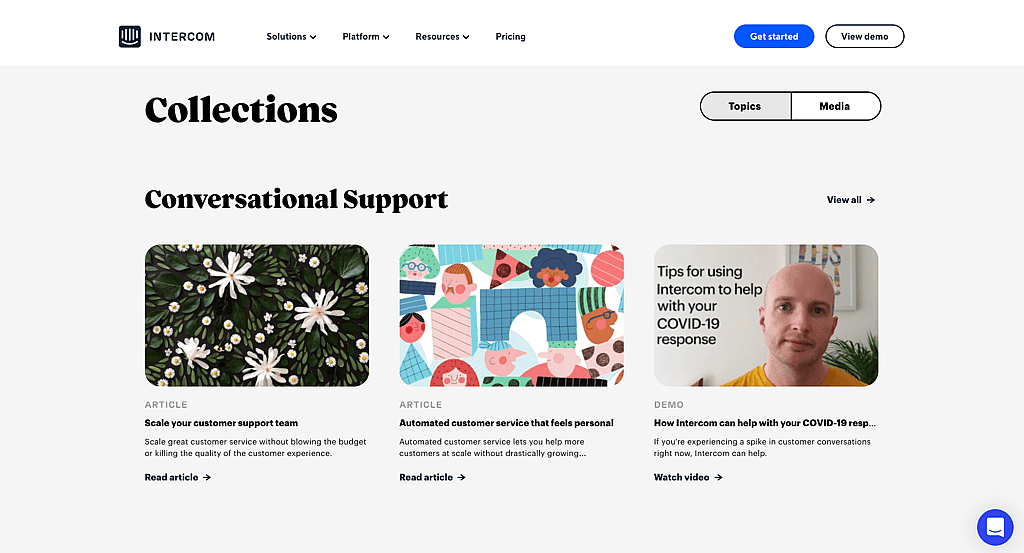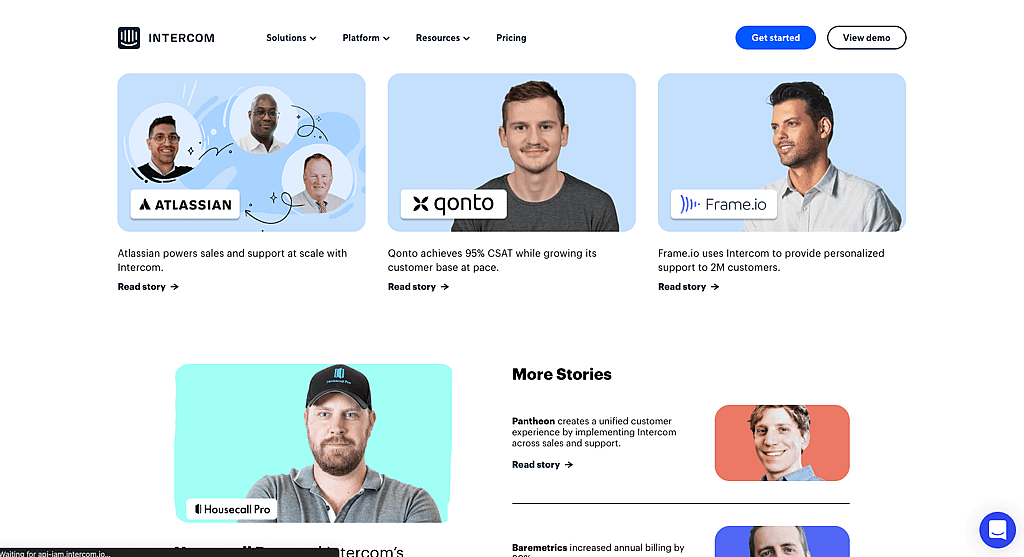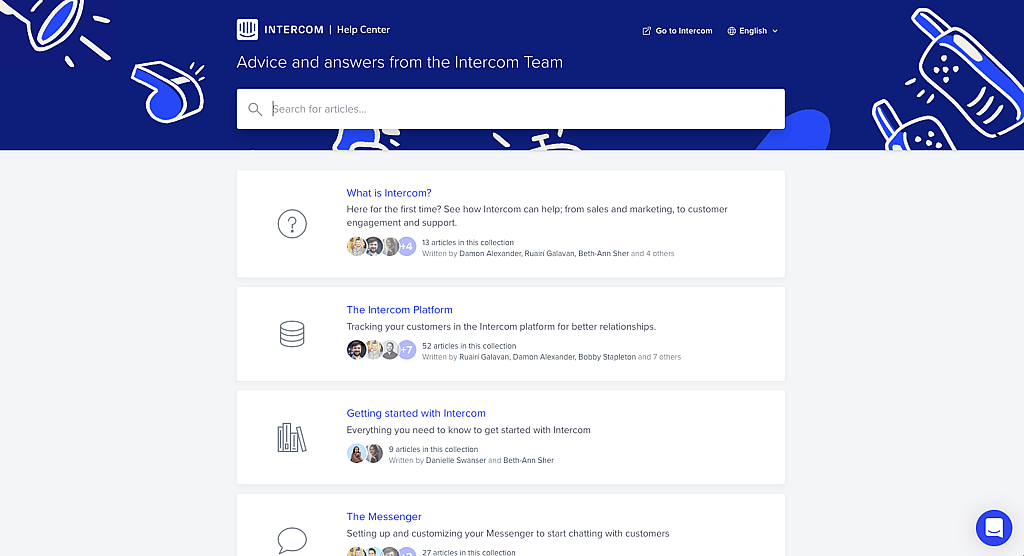Studying 2 great examples of content strategy (updated 2022)

Having a content strategy is one thing. Being able to execute it well is quite another. In this article, we present several examples of content strategies that have been executed admirably.
A successful content strategy requires a certain structure. It goes far beyond publishing on social networks and must be thought out in order for the brand to reach its objectives and get its messages across. Whether or not you use a tool like our Content Strategy Canvas to build your own, it’s always interesting to take a look at some examples and benchmarks that can fuel your thoughts. Therefore, we’ve made a selection of a few brands for which we see excellent content habits, both in the obvious thinking behind it and in their day-to-day execution.
Home Depot
In both Canada and the U.S., The Home Depot is a benchmark among hardware retailers. Their content strategy revolves around helping the consumer and showing how the brand can help make the customer better at using the products they offer. As a result, there is a whole range of content they publish and optimize.
What we love in the Home Depot’s content strategy:
- A content hub easily accessible on the brand’s website;
- Content adapted in both Canadian languages (English and French);
- An extremely well managed and catalogued YouTube channel, making it easy to discover and navigate videos;
- The use of interactive content with the project calculator section on the corporate website;
- The use of multiple types of content (video, editorial and events in particular);
- The variety of content series (projects, “How-To”, buying guides, trend guides, etc.);
- Contextualization of content by indicating the level of difficulty and duration of the proposed projects;
- The offering of virtual skill-building workshops (which were usually done in-store, in person, but moved online in 2020).
The Home Depot is a very large brand, and it’s going out of its way to support its customers and future customers by helping them, upstream of a purchase or project, but also after the purchase by offering content that allows for the proper use of a tool for example.
A few links:
- The Home Depot USA content hub
- The Home Depot Canada French content hub
- The Youtube channel
- Project calculators
- Virtual workshops
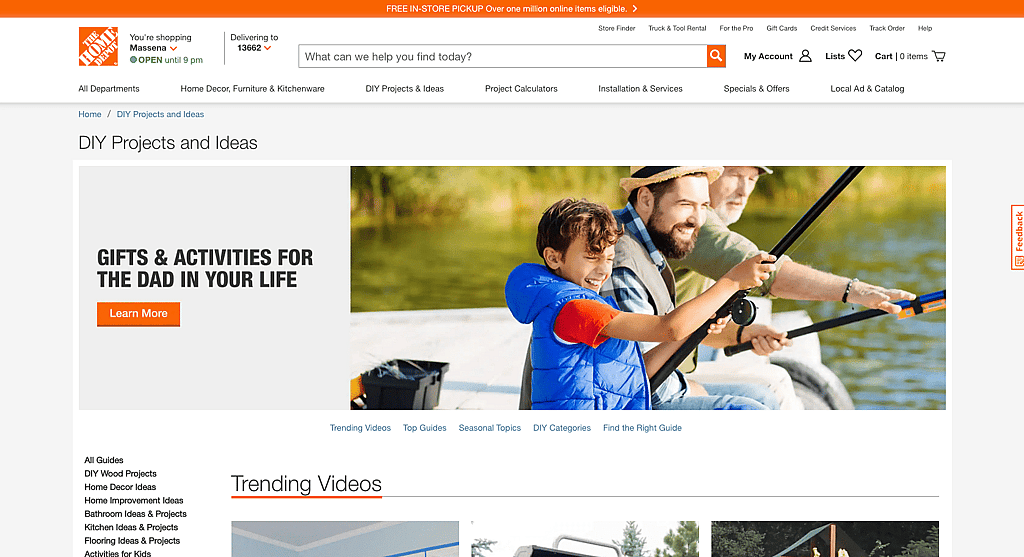
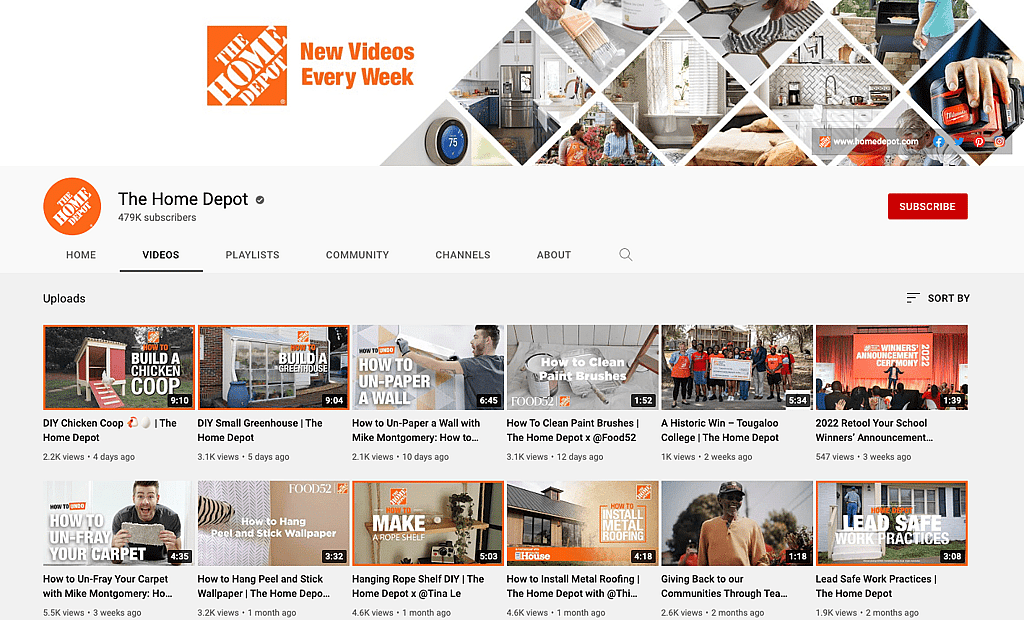
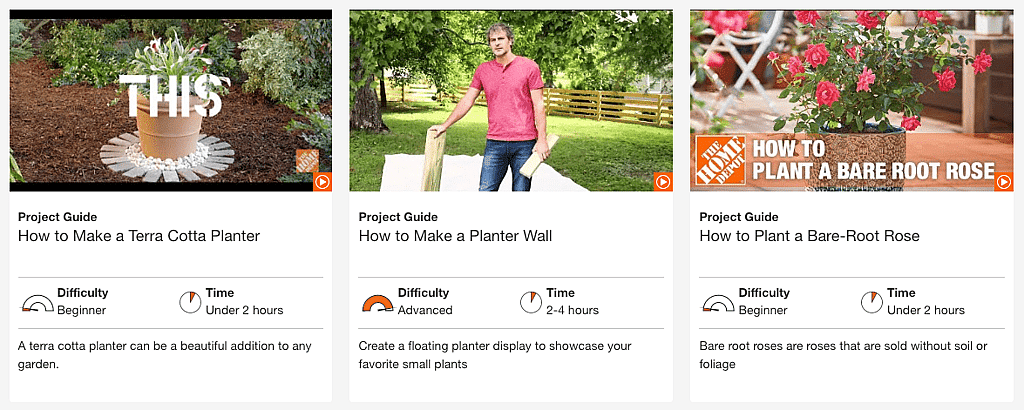

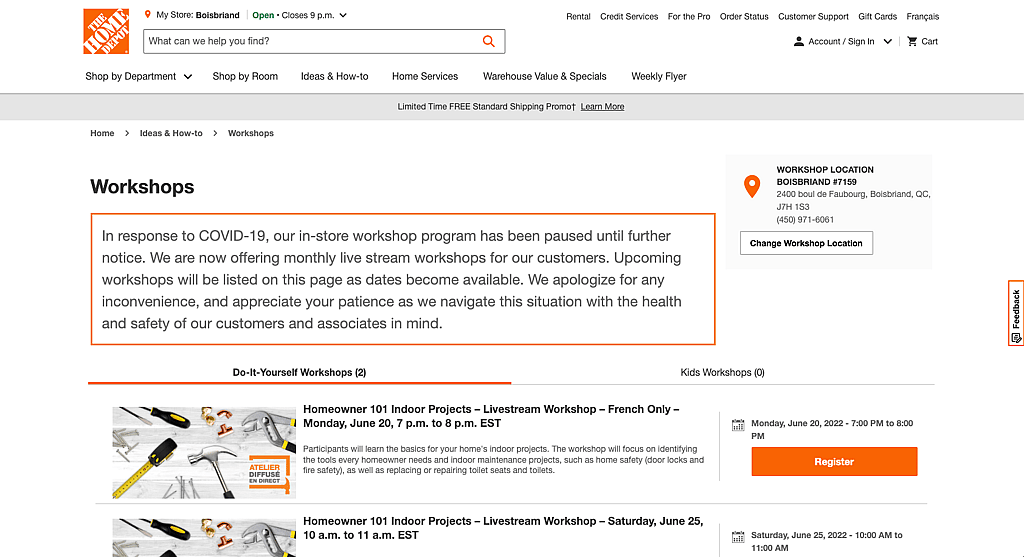
Intercom
Intercom is a brand that not many people know about, but whose product is very familiar to them. They offer a B2B software-as-a-service (SaaS) that allows brands to add a chat bubble to their website. You will recognize the little smiling bubble if you visit their site. As part of their content strategy, Intercom assists its potential (and current) clients in the operationalization of their tool as well as in their daily role as individuals. So, whether you are in the marketing, sales or support department of your company, Intercom has a great deal of content to offer you, tailored to your needs.
What we like about Intercom’s content strategy:
- The variety of content types and formats offered (from a blog post that covers a topic, to a complete e-book that goes in depth on an issue);
- The technical support section (the Help Center), very rich in content, which allows users to find their own solution, before chatting or contacting the company;
- Webinars and information sessions that provide a complete view of the problems that the product can solve, on demand or live, depending on the customer’s role and objectives (marketing, sales, support, etc.);
- The Intercom Academy, which offers content in the form of courses and training;
- Customer testimonials, which provide the Intercom sales team with tools to help them interact with potential customers. Although these testimonials are tools for the sales team, they are publicly available in the “Customer Stories” section;
- The classification of content in the “Inside Intercom” blog according to the different audience segments (marketing, sales and support), but also by content pillars (products & design, engineering, news and updates);
- Content reuse, by classifying certain articles in more than one category (sales and support for example), allowing to maximize the use of a piece of content by offering it to several segmented audiences;
- The mixture of the content offer according to each step of the buying process (consideration of a chat solution, why choose Intercom, how to maximize its use of a chat tool, etc.).
A few links:
- Intercom’s corporate website (make sure to open the Resources tab)
- The “Inside Intercom” blog
- The Intercom Academy
- E-books and webinars
- Testimonials and customer stories
- Self-serve customer support
